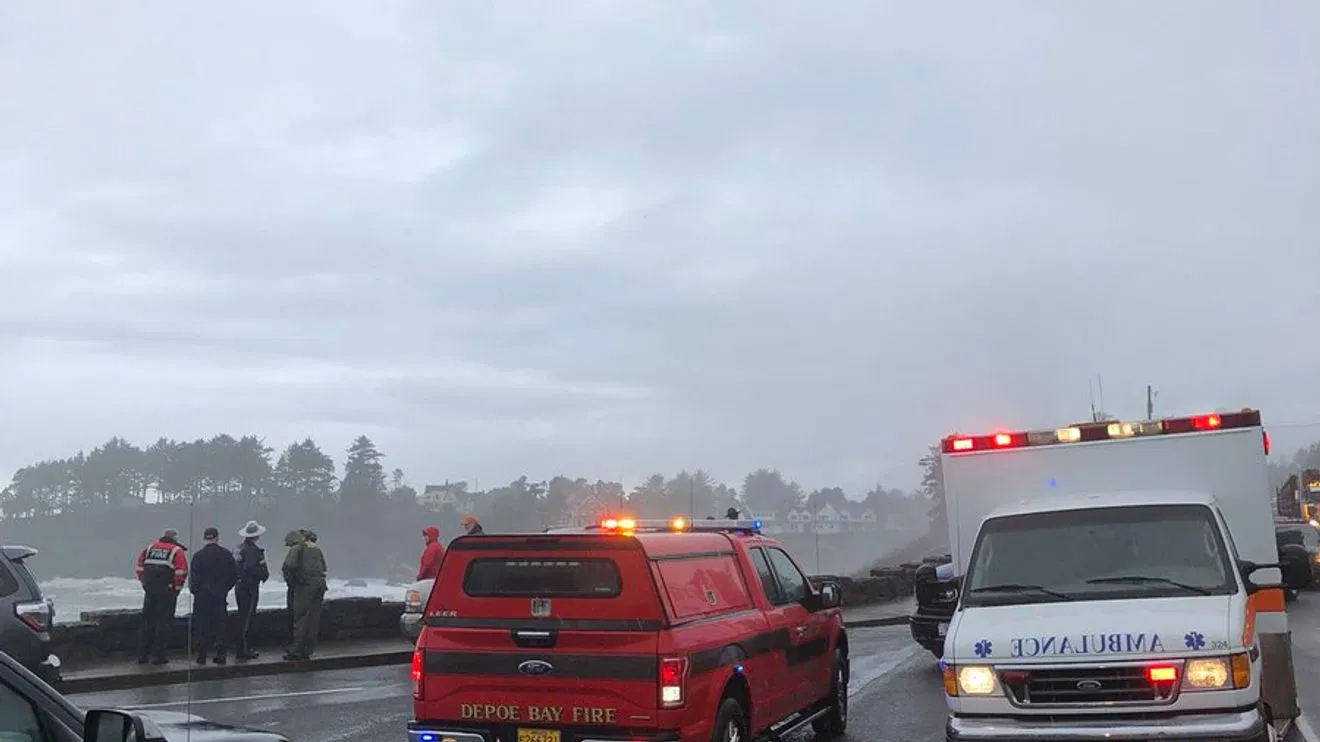
Click It or Ticket Campaign Continues
Oregon law enforcement agencies will be out with the improving weather, May 16 – May 29, in a campaign aimed at using the proper restraint system. They’ll also be looking for speed violators and drivers using handheld cell phones. The “Click It or Ticket” blitz, funded by grants from ODOT’s Transportation Safety Division, reminds travelers of the importance of 1) Buckling up on every trip; 2) Paying attention to the task at hand and 3) Following the rules of the road – just before the summer traveling season begins.
 Why? Because some deaths in crashes may be preventable, simply by wearing a safety belt. In 2014 in Oregon, 40 percent of all occupant fatalities were unbuckled (61 people confirmed not wearing restraints; 34 unknown). For child passengers, it’s especially important to buckle up – and to use the right restraint system for the child’s age and size. Last year in Oregon, 13 passengers under age 12 injured in crashes weren’t using any kind of restraint system at all.
Why? Because some deaths in crashes may be preventable, simply by wearing a safety belt. In 2014 in Oregon, 40 percent of all occupant fatalities were unbuckled (61 people confirmed not wearing restraints; 34 unknown). For child passengers, it’s especially important to buckle up – and to use the right restraint system for the child’s age and size. Last year in Oregon, 13 passengers under age 12 injured in crashes weren’t using any kind of restraint system at all.
Motor vehicle crashes are the leading cause of death for children ages 1 – 12 years old. Child car seats may increase crash survival by 71 percent for infants under one year old and by up to 59 percent for toddlers ages 1 – 4. Booster seats may reduce the chance of nonfatal injury among four to eight year olds by 45 percent compared to safety belts used alone. Be sure to use child safety seats correctly (see your manufacturer’s guidebook, or visit a safety seat check station).
Oregon law requires children less than forty pounds be restrained in a child seat. Children under one year or weighing less than twenty pounds must be restrained in a rear-facing child seat. A child over forty pounds must be restrained in either a child seat or a booster seat appropriate for their size until they reach age eight or 4’ 9” tall AND the adult belt system fits them correctly.
May is also Transportation Safety Month and Oregon’s kick-off to the work zone construction season
Work zone safety is a top priority for ODOT, industry partners and law enforcement. They engineer, construct and enforce work zones to lower the risk to travelers and workers.
Drivers traveling Oregon roads are asked to recognize the importance of slowing down and drive with focus as they approach, enter and travel through work zones, for their own safety and that of their passengers, other drivers, construction and utility workers, and public safety professionals.
2016 Work Zone Fact Sheet
2016 Work Zone Infographic
Story from ODOT.


